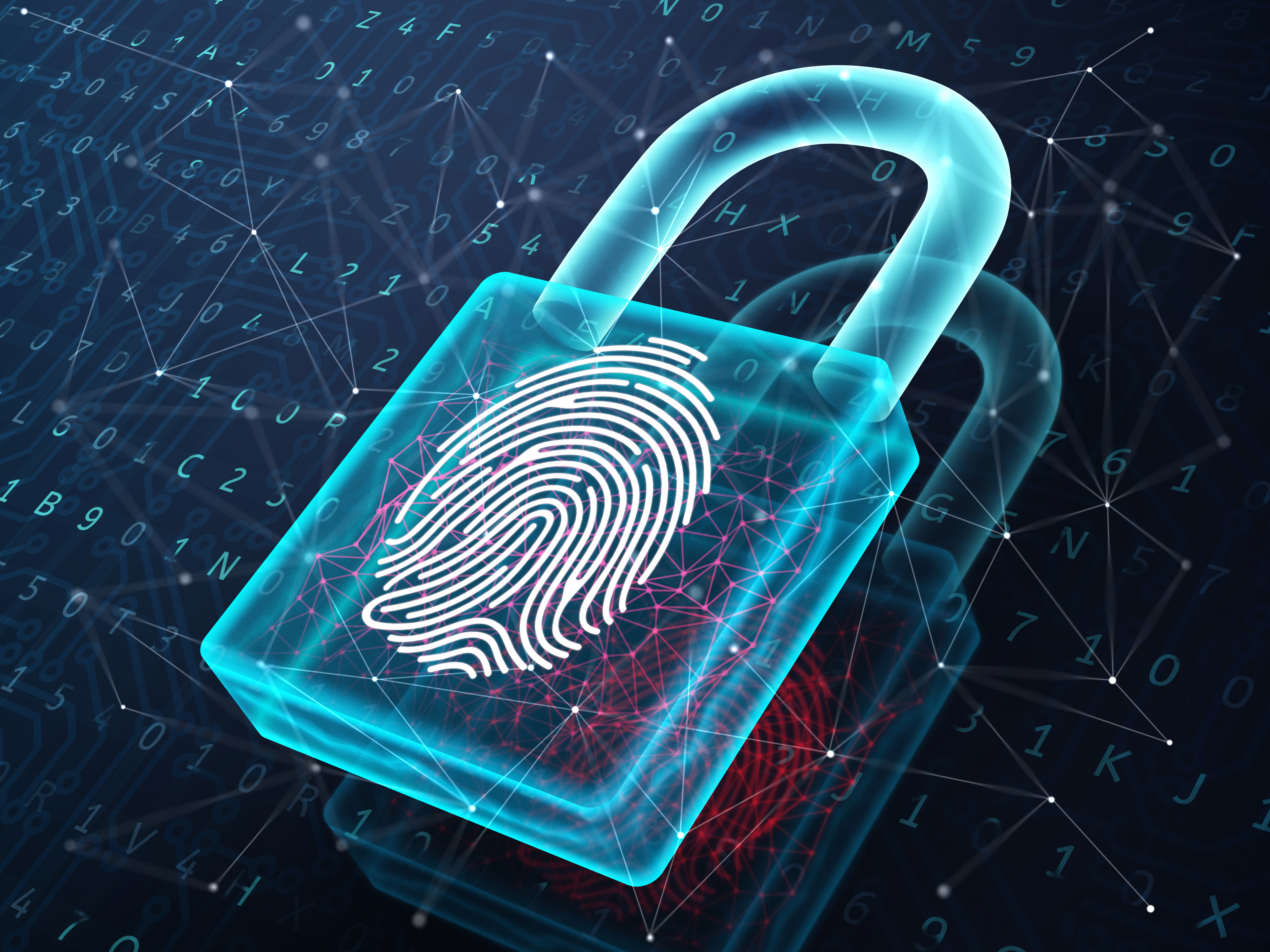How digital can close the 'identity gap'
May 19, 2022

Nearly 1 billion people have no official proof of identity. Digital ID could play an important role in providing a legal form of ID that allows people to access key public or private services.
Nearly 1 billion people have no official proof of identity. And without an official ID, they cannot access key public or private services. They are excluded from society, and the digital economy.
It might seem premature to talk about digital ID, given that delivering traditional and physical ID remains a challenge in many parts of the world. But digital ID could play an important role in providing, by 2030, a legal form of ID to those without one, a target set by the Sustainable Development Goals. Almost one billion people lack legal and verifiable identity documents.
COVID-19 has starkly highlighted the role of digital and digitalization in our everyday lives. Digital ID is a key foundation and catalyst for each of these elements, from accessing public services and healthcare, to receiving government payments, and even using online products and services from the private sector. Without ID, individuals can be excluded from public services, the digital economy, and even wider society.
What is digital ID?
Digital ID encompasses both a physical or digital identity artifact associated with an individual, but also the underlying process of ensuring that the artifact is credible, and is recognized and trusted. Digital IDs can have different purposes – from functional IDs to access particular services or privileges, such as driver licenses, to foundational IDs that are an authoritative proof of a person’s identity, such as a passport or national ID card.
Digital ID therefore provides the process and structure to verify an individual’s identity. It is a key foundation, and enabler, of the digital economy. As an example, there are more than 3.5 million users of Singapore’s ‘Singpass’ app transacting with over 700 government agencies and private sector organizations across more than 2,000 services. With about 350 million personal and corporate transactions in a year, Singpass is one of the most widely adopted national digital identity systems in the world.
Building a digital ID
Many countries have developed, or are exploring, national ID systems and broader ‘civil registration and vital statistics’ initiatives. From birth certificates, to physical or digital ID cards, governments recognize the importance of a unique identifier for public—and other—service delivery. Around the world, digital is also playing a role, from driving a transition from paper or plastic ID cards, to defining smart cards with some online or digital capabilities, to delivering completely digital offerings with no physical counterpart.
Singapore’s digital ID journey is particularly exciting, as the country did not follow the above journey but jumped from purely-physical ID cards straight to a full-fledged digital product. How did it do this? And what insights can other countries apply in their work?
- Prioritize co-design: Digital ID solutions need to be inclusive. Achieving this requires engagement, and co-design, with citizens. This could include addressing priorities around digital literacy, safety, and security. As part of this, implementers, designers, and administrators will also need to simplify the user experience by reducing complexity, duplication, and legacy systems and processes. This collaboration is important, as it is a key driver of trust – an essential asset when the digital economy also includes risks of fraud and other dangers. Building robust, secure, and useful digital ID solutions, founded on citizen needs, is an important step in shaping this confidence.
- Build on existing foundations: Any digital ID will need to align with existing channels of public service delivery and integrate into government digital components. This can be complicated when building on top of legacy technology, but also in a context of incomplete or non-existent analogue identity systems. Leveraging high-trust services or institutions as an exemplar can be useful. Singapore’s National Digital Identity journey can be traced to the implementation of Singpass, a foundational digital infrastructure. In extending Singpass to both public and private sectors, this robust foundation enabled a range of innovative solutions that facilitates transactions for citizens and businesses in a secure and smooth manner.
- Focus on data quality: Any form of ID can only be as good as its underlying data. Ensuring a single source of truth, to guarantee the authenticity of this foundational data, is a crucial part of the digital ID system. Countries have developed canonical data registries – ensuring that all data is genuine, unique, and also able to integrate with databases within and beyond the public sector. In Singapore’s case, these include Myinfo, a “Tell Us Once” service that enables citizens or businesses to pre-fill and provide data for online transactions across industries; and SGFinDex, a centrally managed consent system that allows individuals to access financial information held in banks, insurers, and government agencies. Data quality also needs to be futureproofed by building reliable and sustainable digital architectures and workflows, particularly in ensuring uptake and adoption of a digital ID and its associated services.
- Shape a digital ecosystem: The usefulness and sustainability of digital ID cannot be achieved by government alone. The private sector plays a particularly important role. Digital ID needs to be embedded in service delivery, both public and private, to become useful to citizens and to catalyze a broader digital economy. Besides demonstrating clear value to the user, constant learning and refinement is needed to keep a digital ID useful and essential in a fast-moving digital economy. A meaningful digital economy transcends boundaries, and this requires effort to develop interoperability with other aspiring digital nations, and collaboration with the tech community. Singapore has entered into Digital Identity memorandum of understandings with countries such as Australia, the United Kingdom and China (Shenzhen) to explore cross-border recognition. Singapore is also focused on mutual learning through international engagement by hosting an annual G2G DGX Digital Identity Working group, and tech community outreach initiatives such as STACK-X Meetup.
Start building now
Shaping a digital ID is a marathon, and not a sprint. It must be founded on local needs and realities, but governments should also look to learn from others. This collaboration will also extend to delivery, with governments now needing to explore digital ID that functions beyond national borders. In a global digital economy founded on cross-border data flows, broader digital ID offerings are going to be important. Countries such as Singapore and Estonia are already exploring the potential of shaping these internationally interoperable digital ID initiatives.
Governments play a leading role in building and shaping these national and international – and robust and catalytic - digital ID systems. Citizens and businesses are important partners, but the legal authority rests with government. This demands extraordinary efforts, from building an inclusive digital infrastructure, to ensuring digital and broader literacy to ensure that all can benefit from the potential afforded by digital ID initiatives. These efforts are essential, particularly in recognizing the crucial role of digital ID in enabling successful and prosperous lives and livelihoods around the world.
These insights were drawn from a Masterclass on Singapore’s Digital ID journey, delivered by Singapore’s GovTech Agency and the UNDP Global Centre for Technology, Innovation, and Sustainable Development. You can watch the full webinar here.
This article was originally published on UNDP Blog.

 Locations
Locations




